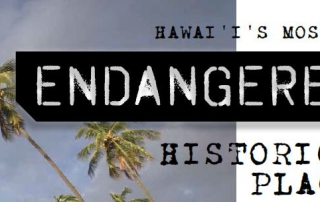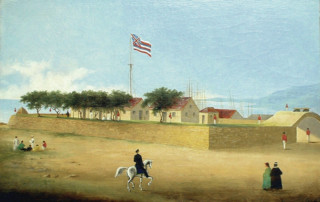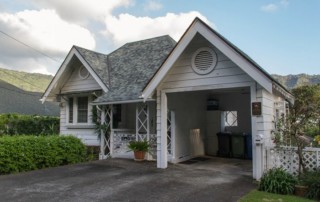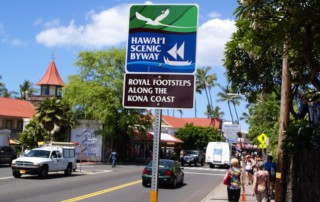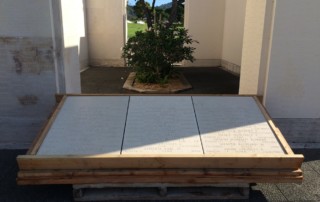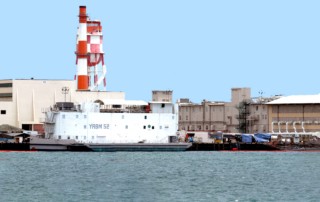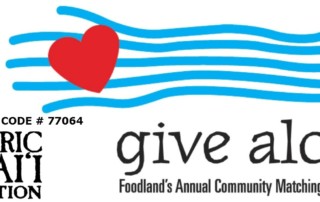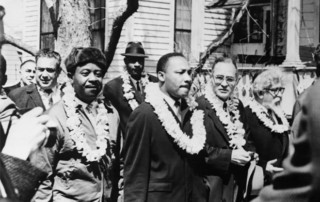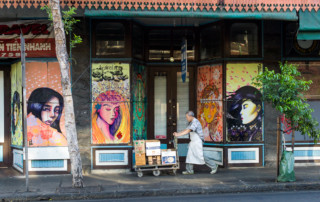ANNOUNCING Hawai‘i’s MOST ENDANGERED Historic Places of 2016!
What are Hawaii's Most Endangered Historic Places and why do they matter? The Most Endangered Historic Places is a public awareness campaign that seeks to remind people of historical sites that are often overlooked or forgotten. Sharing their connection to real people and events from the past that are still relevant today serves as a rallying cry for citizen action to protect these community landmarks. The annual list serves to highlight some of the best opportunities for preservation each year because the historic sites are threatened in some way, but still have opportunities for survival and reuse. Seven sites have been added this year with a total of 79 historic sites listed since 2005. The 2016 sites are: Ala Kahakai Mauka to Makai Trails Ninole Stream Bridge Kaniakapupu Ruins Loko Ea Piliaama Stone Read more about each site, why it’s relevant and what threatens it by clicking on each (above). Click here to read the full article by Katrina Valcourt in HONOLULU Magazine. The list of threatened historic properties is an annual program of Historic Hawai‘i Foundation, in partnership with the Hawai‘i State Historic Preservation Division and HONOLULU Magazine.


